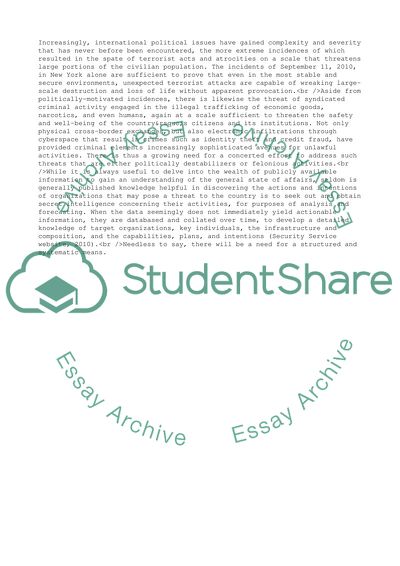Cite this document
(Leadership Style and Motivation Research Proposal, n.d.)
Leadership Style and Motivation Research Proposal. https://studentshare.org/management/1741681-intelligence-analysis-leadership-management
Leadership Style and Motivation Research Proposal. https://studentshare.org/management/1741681-intelligence-analysis-leadership-management
(Leadership Style and Motivation Research Proposal)
Leadership Style and Motivation Research Proposal. https://studentshare.org/management/1741681-intelligence-analysis-leadership-management.
Leadership Style and Motivation Research Proposal. https://studentshare.org/management/1741681-intelligence-analysis-leadership-management.
“Leadership Style and Motivation Research Proposal”. https://studentshare.org/management/1741681-intelligence-analysis-leadership-management.


